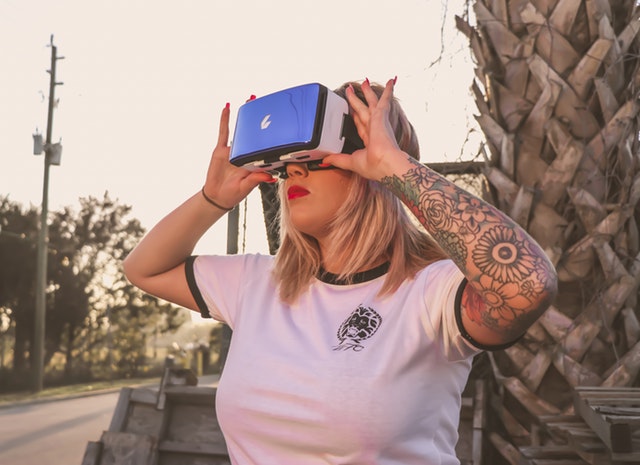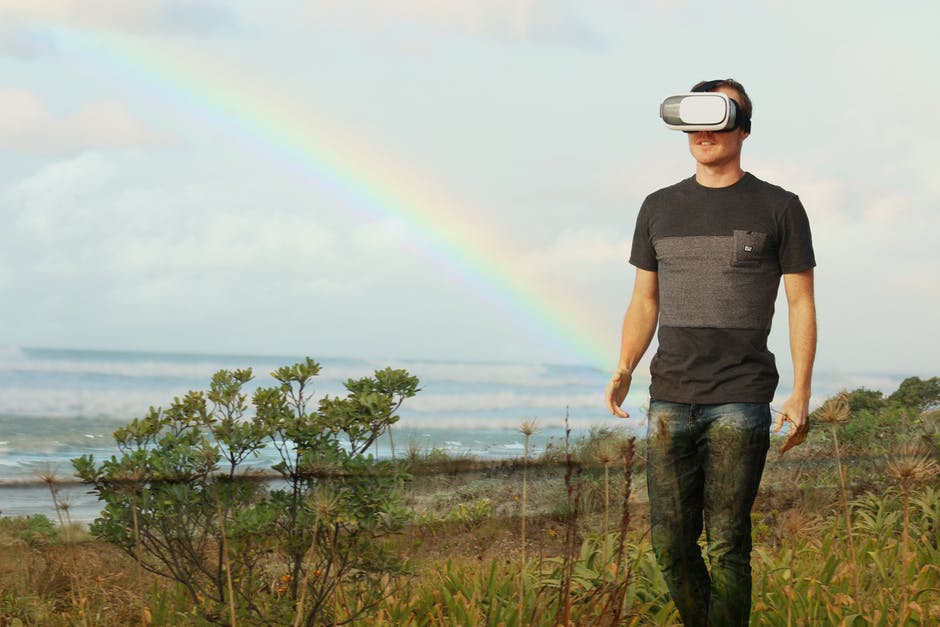Many of us are familiar with virtual reality development. Through simulation games like Second Life, users can choose and customize an avatar. Avatars can visit virtual environments and go on dates, explore new landscapes, solve mysteries and even get married. Virtual reality has come a far way, and there are a vast number of opportunities to explore.
Virtual Reality Development: Getting Started
Virtual reality involves interacting with a simulated environment. Users mostly use a virtual reality headset or HMD. Virtual reality development, which requires a particular skill set and lots of patience, is the field of creating virtual environments. These skills can be used for film, media, television, entertainment, and video games. VR is also used for business, education, healthcare, and much more. When it comes to building up skills in virtual reality development, there are a few ways to get started.
1. Build a Strong Foundation
To get started in virtual reality, it’s important to engage with apps or games. Students can also study virtual reality development projects and what makes them successful. Through practical training, students can develop fluency in product design, video game design, 3D modeling, animation, and design theory. For programming, it helps to know C#.
In other words, for virtual reality development, it’s essential to become familiar with the technologies supporting VR. NYFA’s virtual reality workshops are an excellent way for students to develop an understanding of the technology. By studying VR at a film school, students learn how to tell compelling virtual stories within this burgeoning field.
2. Choose a Particular Platform and Master It
There are plenty of platforms for students to experiment with VR. Unity is one of the most significant platforms, and students don’t need the VR hardware to start creating games. It is also freely available.

Another engine is Unreal. Start with Mobile VR and make a prototype using Google Cardboard and a Cardboard Viewer. WebVR is another entry point for VR developers. Many media companies and forecasters are betting that a 3D, immersive internet is on the horizon. As VR devices get more accessible and affordable, content developed for the 3D web will likely become the universal use of VR.
3. Make The Best Use of Free Resources
Unity comes with its own virtual reality tutorials, and there are plenty of online virtual reality courses. Once the prototype is ready, add appropriate sound and art to make the experience as immersive as possible. It’s also helpful to know how gyro and accelerometer sensors in mobile phones work, as well as image processing and speech recognition.
4. Stay Up-To-Date With New VR Developments
Virtual reality is a constantly evolving field, and the more students can explore it, the more experience they can build up. To pursue creative goals in virtual reality, it’s important to stay up to speed on the industry.

Subscribe to virtual reality podcasts, read interesting virtual reality articles about the subject, and follow the latest news. Remember that the VR industry is still at an early stage, so there will always be newer things to learn.
Interested in virtual reality? Learn more about taking virtual reality workshops at NYFA.
